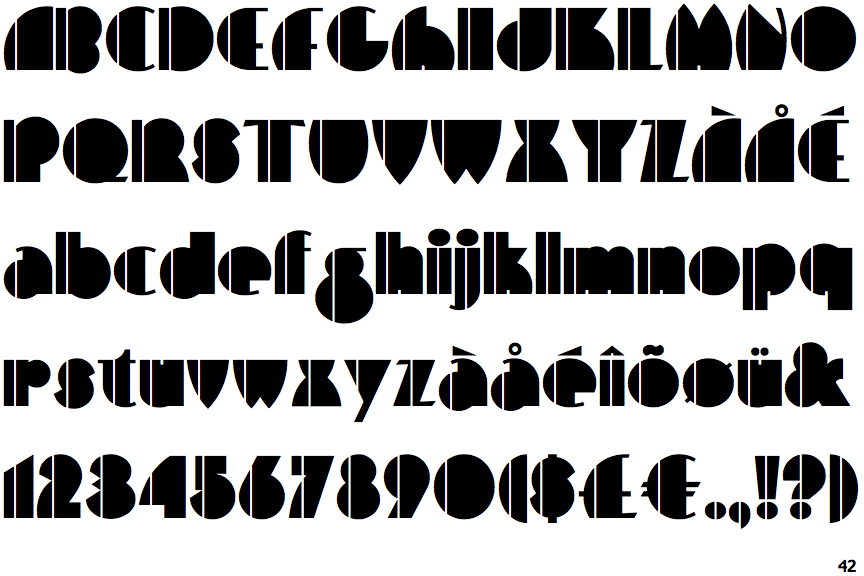
Here, we’re going to delve deep and dig out some of the most interesting vintage typography, all of which can inspire designers or even be used in your designs today. This means looking toward the future to predict what is coming, but just as importantly looking back to the past for reference and for inspiration. Chinese) have way more than 128 characters.35 Examples of Vintage and Retro Typography You Need to SeeĪ good designer knows that you’ve got to look beyond the now to produce the best designs. But there's lots of problems with this approach. A business could use them for their own special encoding, or a whole country could use them for non-latin characters in their language.


a "byte")? Yep, but the 8th bit was used for code pages - that is, the other 128 characters (128 + 128 = 256 = maximum number you can make from 8 bits) where used for domain-specific purposes. But isn't it the case the computers tend to like groups of 8 bits (i.e. There were 128 characters in the original ASCII specification - and that's because 128 is the largest number that can be represented with 7 bits. ASCII was (and still is) just a simple set of conversion rules to go from numbers to characters. Unicode was the solution to an increasingly important problem in the dawn of computing and the internet: How does my computer communicate with another computer on the other side of the world if that computer "speaks a different language"? One of the most popular "languages" in the early 1980s (especially in the USA) was ASCII - the American Standard Code for Information Interchange. It's the organisation that handles the international standards for converting numbers into textual characters. Okay, now on to the long explanation: The long explanation starts with an international organisation called "Unicode".


 0 kommentar(er)
0 kommentar(er)
